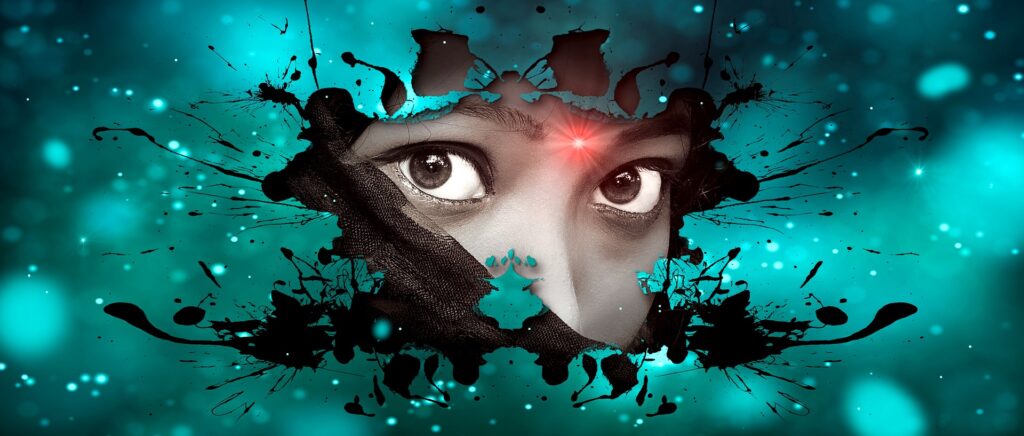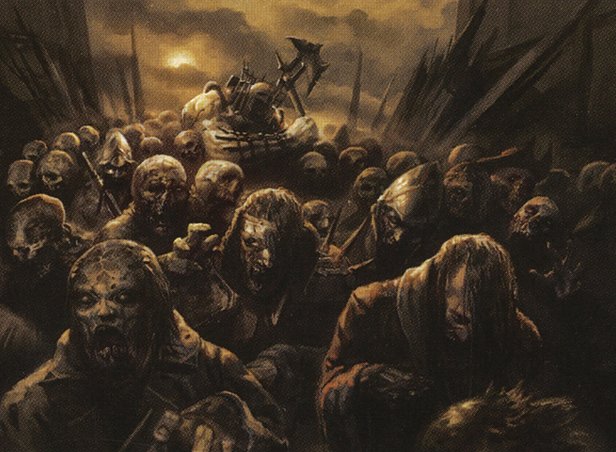As we leave March, March Madness, and St. Patrick’s Day behind, I express regret for reflecting on an issue in arrears. However, a long time ago, when asked to contribute to the spirit of St. Patrick’s Day (since the benevolent theme is “everyone’s Irish on St. Patrick’s Day”), I found I had much more in common concerning the Irish past than just wearing green. A new school of thought has been brewing since recent archeological discoveries came to light. This counterargument describes certain regions of India being the cradle of civilization, principally, the sensitive topic that there was no Aryan invasion, but rather, the epicenter of humanity was this archeological find in India which then rippled outward. (Feuerstein, Georg, Subhash Kak, and David Frawley, In Search of the Cradle of Civilization: New Light on Ancient India, Quest Books, 1995).
Support for this argument became more apparent when I started to listen to Gaelic (because after a day of work, you need to let your mind go, and for me, this would encompass a euphoric realm that embraces Tolkien’s Middle Earth and possible Hobbit or nymph languages). If you recall, Gaelic was Ireland’s language before English became the norm. I was subtly surprised that I could pick up a few words here and there. For example, have you ever heard Gaelic Irish words like “banshee” (wailing woman), “druid” (counselor to king), or “talamh” (land)? In that case, they have a distinct common ancestry to their Indian roots, like “eekshhe” (wailing woman), “Dravida” (king), and “thalam” (land), respectively. This is real food for thought, just a layman’s pursuit of the vernacular truth.
Thanks,
Shaun Joykutty







